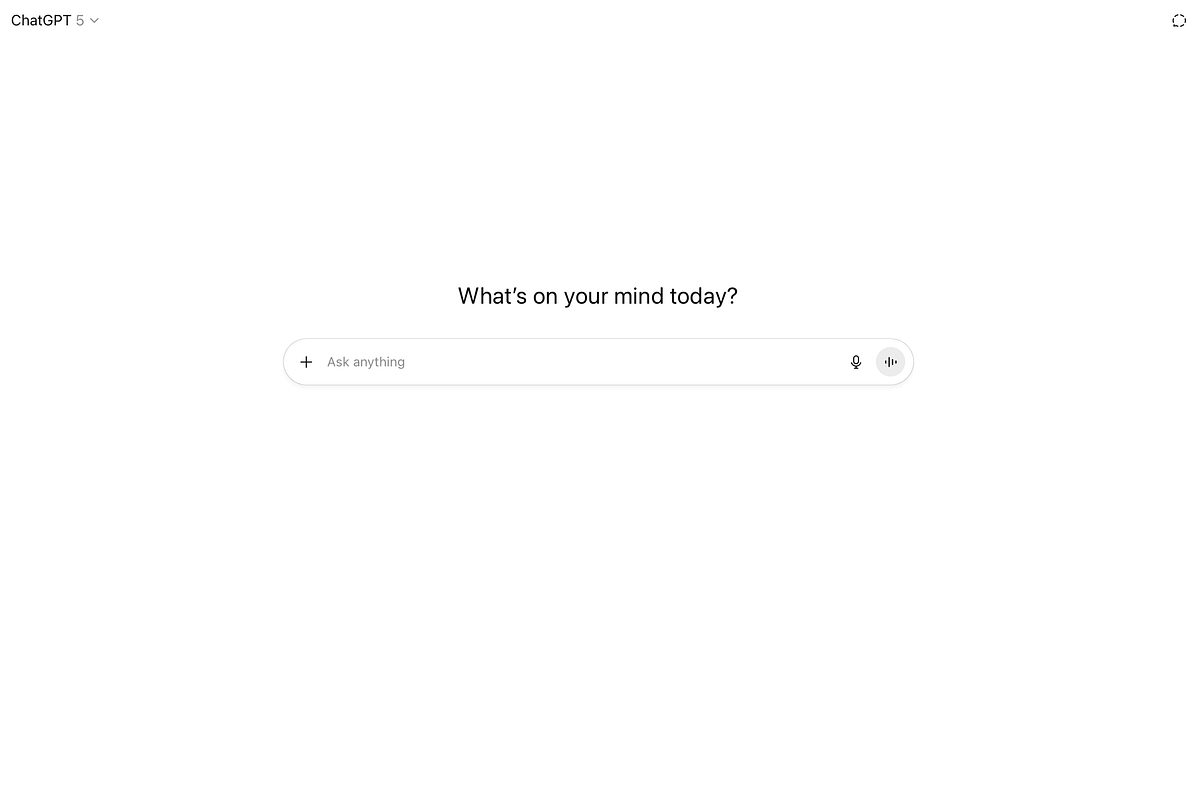
"Have you noticed that all popular AI tools look the same? They offer you an input field and invite you to express your intention. Take ChatGPT, for example. It's basically a blank canvas that invites you to explain the task you want to complete. All too often, expressing intent takes a significant amount of time. As a result, we can feel that we are having a prompt treadmill situation ( https://uxplanet.org/5-things-to-do-to-avoid-prompt-treadmill-when-crafting-design-with-ai-0569d4894473) when we are stuck in progress and cannot move forward."
"I personally see this UI as an iteration of Google Search where you need to start typing so the system can show you contextual suggestions. And actually, OpenAI follows this approach too. When you start typing, you will see a list of contextual prompt examples that the tool generates for you in real time. But once you reach a certain complexity in your prompt, the system stops offering your recommendations, and now you are on your own doing this task."
All popular AI tools present a blank input field that requires users to articulate intentions before the system can act. ChatGPT and similar UIs provide contextual suggestions while users type, but recommendations often stop once prompt complexity increases. Articulating intent frequently consumes substantial time—commonly about a minute—and can create a prompt treadmill that stalls progress. Chat-based interfaces concentrate most user input into text, which makes them less effective for complex tasks. No simple, universal solution exists, but changing the design paradigm and adding features to reduce intention-articulation friction can make AI tools more productive and accessible.
Read at Medium
Unable to calculate read time
Collection
[
|
...
]